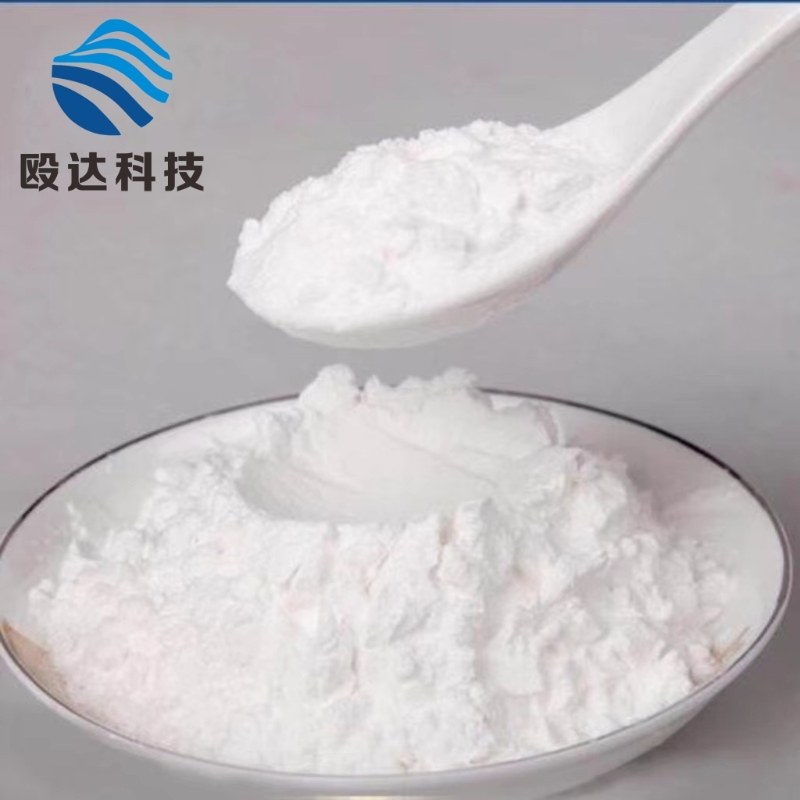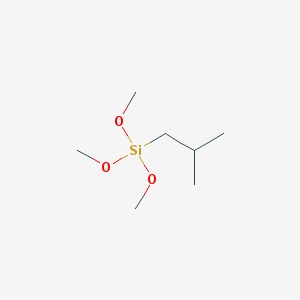-
Categories
-
Pharmaceutical Intermediates
-
Active Pharmaceutical Ingredients
-
Food Additives
- Industrial Coatings
- Agrochemicals
- Dyes and Pigments
- Surfactant
- Flavors and Fragrances
- Chemical Reagents
- Catalyst and Auxiliary
- Natural Products
- Inorganic Chemistry
-
Organic Chemistry
-
Biochemical Engineering
- Analytical Chemistry
- Cosmetic Ingredient
-
Pharmaceutical Intermediates
Promotion
ECHEMI Mall
Wholesale
Weekly Price
Exhibition
News
-
Trade Service
The Synthetic Routes of (4S)-3-[(2S,4R)-4-Bromo-2-(1-methylethyl)-1-oxo-4-[(2S,4S)-tetrahydro-4-(1-methylethyl)-5-oxo-2-furanyl]butyl]-4-(phenylmethyl)-2-oxazolidinone: A Comprehensive Review
In the world of organic chemistry, the synthesis of complex molecules is a constant challenge.
The synthesis of (4S)-3-[(2S,4R)-4-bromo-2-(1-methylethyl)-1-oxo-4-[(2S,4S)-tetrahydro-4-(1-methylethyl)-5-oxo-2-furanyl]butyl]-4-(phenylmethyl)-2-oxazolidinone, also known as Compound X, is a prime example of this challenge.
This molecule is a complex synthesis of various functional groups, and its synthesis requires a deep understanding of organic chemistry and synthetic methods.
In this article, we will explore the different synthetic routes that have been proposed for the synthesis of Compound X, as well as the advantages and disadvantages of each route.
The first step in the synthesis of Compound X is the synthesis of the tetrahydrofuran ring system.
This ring system can be synthesized using various methods, including the use of furanones, oxazepanes, and other furan-containing compounds.
One common method for the synthesis of this ring system is through the reaction of furfural with an aldehyde in the presence of a Lewis acid catalyst, such as aluminum chloride or zinc chloride.
This reaction results in the formation of the furanone, which can then be converted into the tetrahydrofuran ring system through a series of chemical transformations.
Once the tetrahydrofuran ring system has been synthesized, the next step in the synthesis of Compound X is the introduction of the methyleneoxy group at the 5-position of the furan ring.
This group can be introduced using several methods, including the use of methyl iodide and hydroiodic acid, or by using a reagent such as dimethyldioxane.
The choice of synthetic route will depend on the availability of reagents and the inherent reactivity of the starting materials.
The next step in the synthesis of Compound X is the synthesis of the oxazolidinone ring system.
This ring system can be synthesized using several methods, including the use of oxazolidinones, oxazepanes, and other nitrogen-containing compounds.
One common method for the synthesis of this ring system is through the reaction of an amine with a diazo compound in the presence of a base, such as sodium hydroxide or potassium hydroxide.
The reaction results in the formation of the oxazolidinone ring system, which can then be functionalized to produce Compound X.
The final step in the synthesis of Compound X is the introduction of the phenylmethyl group at the 4-position of the oxazolidinone ring system.
This group can be introduced using several methods, including the use of a 4-phenylbutyraldehyde, or by using a reagent such as benzaldehyde.
The choice of synthetic route will depend on the availability of reagents and the inherent reactivity of the starting materials.
In conclusion, the synthesis of Compound X is a complex process that requires a deep understanding of organic chemistry and synthetic methods.
The synthesis of this molecule has been achieved through several synthetic routes, each of which has its own advantages and disadvantages.
The choice of synthetic route will depend on the







